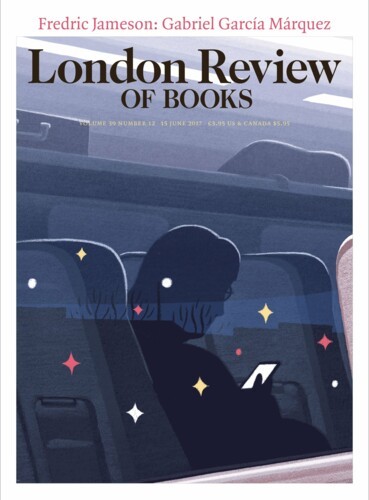The Professor
Marilyn Butler, 3 April 1980
“... William Godwin is a man who cries out to be the subject of a life. He has everything: a repressed personality, ripe for psychoanalysis; a role in the high dramas of his wife Mary Wollstonecraft, his daughter Mary Wollstonecraft Shelley, his son-in-law Shelley and the infant grandchildren; a circle of interesting friends, many of them articulate enough to leave written records, and famous enough to have their letters preserved ... ”
